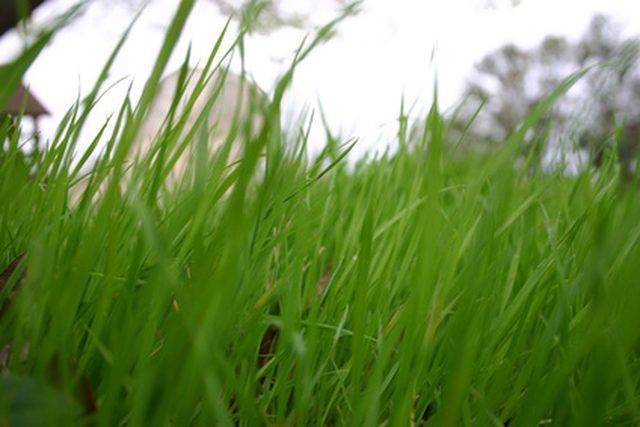Bulbs
Flower Basics
Flower Beds & Specialty Gardens
Flower Garden
Garden Furniture
Garden Gnomes
Garden Seeds
Garden Sheds
Garden Statues
Garden Tools & Supplies
Gardening Basics
Green & Organic
Groundcovers & Vines
Growing Annuals
Growing Basil
Growing Beans
Growing Berries
Growing Blueberries
Growing Cactus
Growing Corn
Growing Cotton
Growing Edibles
Growing Flowers
Growing Garlic
Growing Grapes
Growing Grass
Growing Herbs
Growing Jasmine
Growing Mint
Growing Mushrooms
Orchids
Growing Peanuts
Growing Perennials
Growing Plants
Growing Rosemary
Growing Roses
Growing Strawberries
Growing Sunflowers
Growing Thyme
Growing Tomatoes
Growing Tulips
Growing Vegetables
Herb Basics
Herb Garden
Indoor Growing
Landscaping Basics
Landscaping Patios
Landscaping Plants
Landscaping Shrubs
Landscaping Trees
Landscaping Walks & Pathways
Lawn Basics
Lawn Maintenance
Lawn Mowers
Lawn Ornaments
Lawn Planting
Lawn Tools
Outdoor Growing
Overall Landscape Planning
Pests, Weeds & Problems
Plant Basics
Rock Garden
Rose Garden
Shrubs
Soil
Specialty Gardens
Trees
Vegetable Garden
Yard Maintenance
What Fertilizer Should I Use on My Lawn in July & August?
What Fertilizer Should I Use on My Lawn in July & August?. Determining when and how to fertilize the lawn varies depending on the grass variety. Cool-season grasses, such as Kentucky bluegrass, rye grass and fescue, should be fertilized in early fall in temperate climates. Warm-season grasses for mild climates are fertilized throughout the summer.

Determining when and how to fertilize the lawn varies depending on the grass variety. Cool-season grasses, such as Kentucky bluegrass, rye grass and fescue, should be fertilized in early fall in temperate climates. Warm-season grasses for mild climates are fertilized throughout the summer.
Types
A nitrogen fertilizer is applied to warm-season grasses, such as Bermuda grass at a rate of 0.5 to 1.0 lbs. per 1000 square feet of grass.
Time Frame
Fertilizer is applied every four to six weeks from May through August, although slow-release fertilizers are applied less frequently.
Considerations
In addition to regular fertilizing, proper watering and mowing practices increase the health of the lawn. The lawn mower blades should be sharpened regularly and the lawn should be mowed to the correct height for the grass variety. For example, Bermuda grass is mowed every five to seven days and kept at a height of 0.5 to 2.5 inches. The grass clippings can be left on the lawn, according to the University of Arkansas, unless it clumps, in which case it should be bagged.